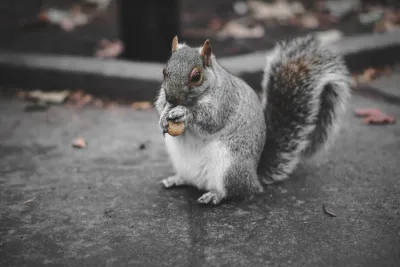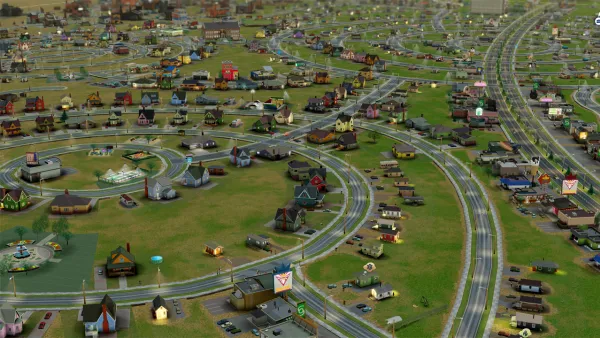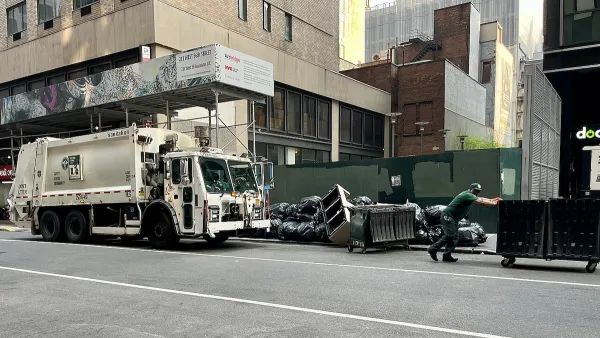Animals are not only evolving in remarkable ways to meet the challenges of urban environments, but they are doing it quickly.

In a feature piece, Brendan I. Koerner dives into the work of scientists studying the evolution of urban wildlife. From oysters to rats to coyotes, animals have adapted to cities in ways that offer useful insight into survival at the genetic level.
"Rather than wilt away as Homo sapiens have spread forth bearing concrete, bitumen, and steel, a select number of species have developed elegant adaptations to cope with the peculiarities of urban life: more rigid cellular membranes that may ward off heat, digestive systems that can absorb sugary garbage, altered limbs and torsos that enhance agility atop asphalt or in runoff-fattened streams," says Koerner.
One researcher, for example, found that pigeons in New York are able to exist on a steady diet of discarded foods high in refined sugars without becoming hyperglycemic. Another researcher discovered that lizards in Costa Rica from cities had different physiologies than those in the forest that allowed them to move faster and avoid predators and more extreme heat.
And what these researchers are learning, says Koerner, is important as climate change puts more stressors on wildlife. These findings can inform conservation efforts, but they can also point to ways evolving species can help address the environmental issues humans have caused.
"If we can peer deep into genomes and identify the species most likely to develop the specific traits we crave, we can place those animals in environments where natural selection will do the dirty work of shaping them into long-term survivors," notes Koerner.
FULL STORY: How Cities Reshape the Evolutionary Path of Urban Wildlife

Analysis: Cybertruck Fatality Rate Far Exceeds That of Ford Pinto
The Tesla Cybertruck was recalled seven times last year.

National Parks Layoffs Will Cause Communities to Lose Billions
Thousands of essential park workers were laid off this week, just before the busy spring break season.

Retro-silient?: America’s First “Eco-burb,” The Woodlands Turns 50
A master-planned community north of Houston offers lessons on green infrastructure and resilient design, but falls short of its founder’s lofty affordability and walkability goals.

Test News Post 1
This is a summary

Analysis: Cybertruck Fatality Rate Far Exceeds That of Ford Pinto
The Tesla Cybertruck was recalled seven times last year.

Test News Headline 46
Test for the image on the front page.
Urban Design for Planners 1: Software Tools
This six-course series explores essential urban design concepts using open source software and equips planners with the tools they need to participate fully in the urban design process.
Planning for Universal Design
Learn the tools for implementing Universal Design in planning regulations.
EMC Planning Group, Inc.
Planetizen
Planetizen
Mpact (formerly Rail~Volution)
Great Falls Development Authority, Inc.
HUDs Office of Policy Development and Research
NYU Wagner Graduate School of Public Service




























